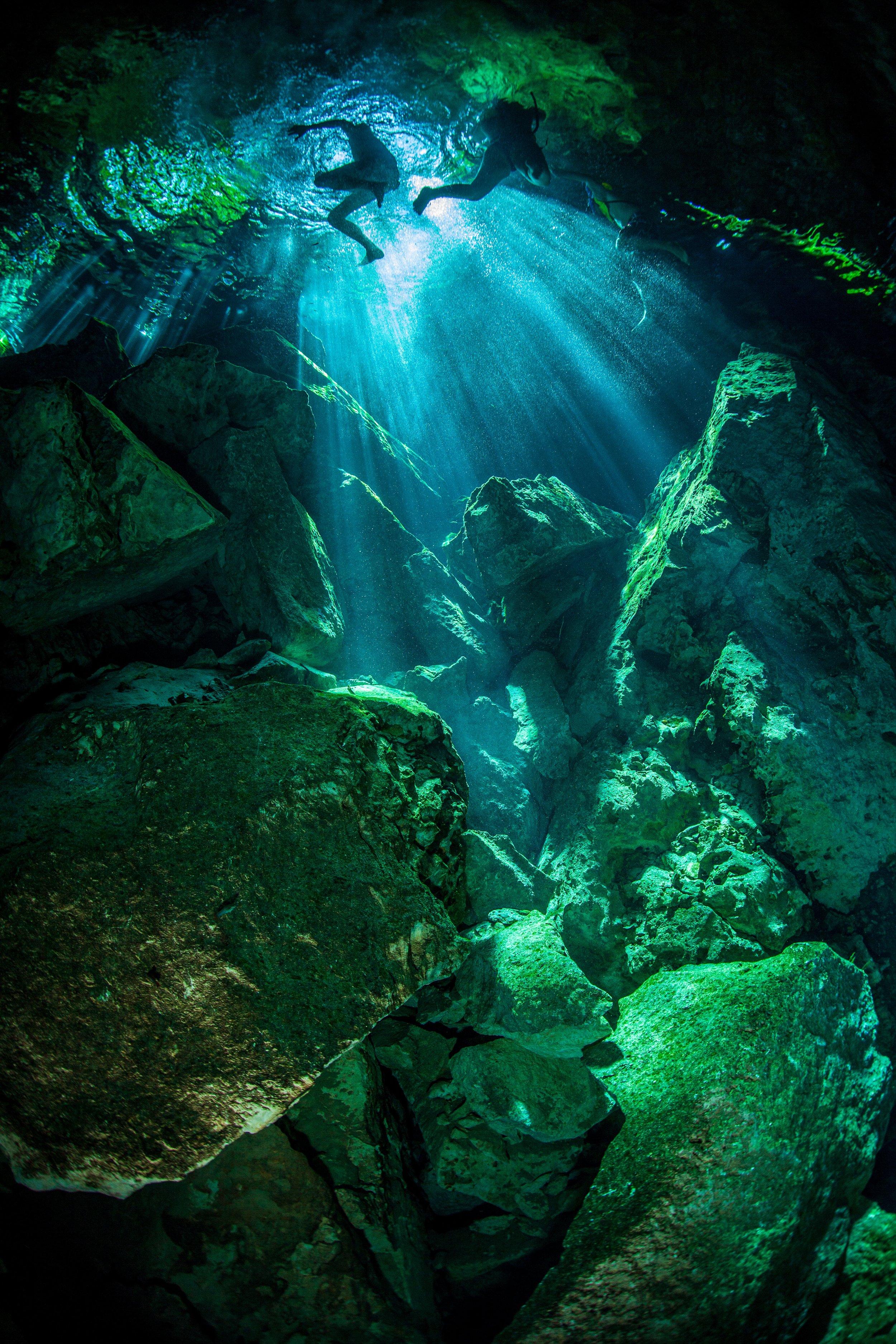Cenotes - Sacred Sites
The Maya civilization has thrived for millennia, skillfully managing their groundwater reservoirs, with cenotes holding paramount importance. These unique geological formations are central to Maya history and culture, embodying both natural wonder and cultural heritage. Serving as vital sources of water, fish, clay for pottery, and materials for ceremonial altars, cenotes were deeply intertwined with Maya religion and politics. Revered as sacred sites, they were believed to be gateways to the underworld, playing pivotal roles in rituals and ceremonies aimed at ensuring the community's well-being and prosperity. These sinkholes were integral to religious practices and beliefs, offering a means to connect with the spiritual realm and seek divine favor.
Healing Powers
Cenotes were believed to harbor healing properties for both body and spirit, offering purification, physical healing, and spiritual rejuvenation. The mineral-rich waters were considered to cleanse the body and soul, facilitating a unique connection to the divine. Among these sacred sites, Cenote IK KIL stands out for its renowned healing powers, attracting visitors seeking rejuvenation. Beyond their spiritual significance, many cenotes serve as essential sources of drinking water for local communities, underscoring the critical importance of their conservation to ensure ongoing access and enjoyment.
“#Invest In Your Lifestyle.
Dive into the cenote while in Riviera Maya.”



